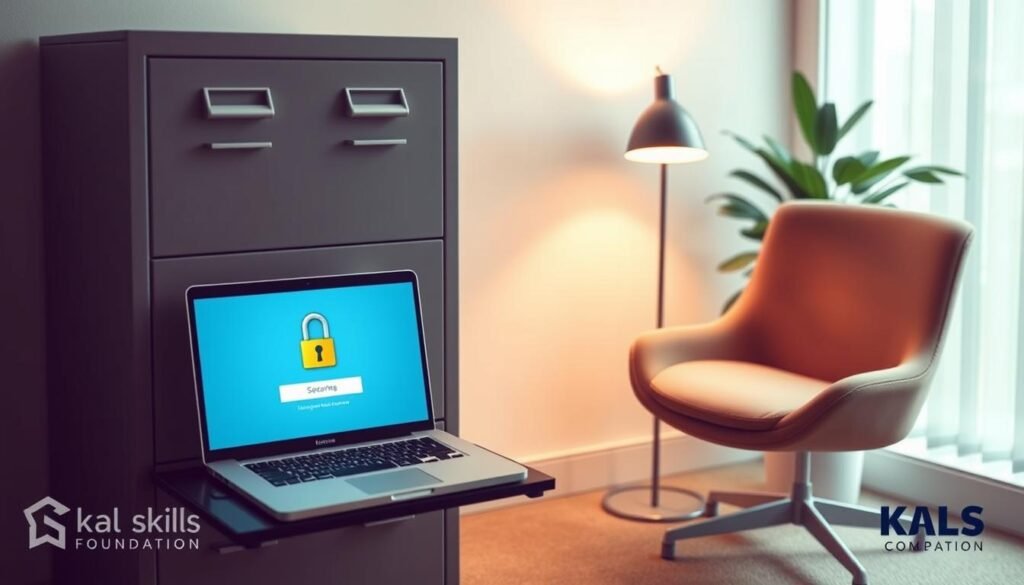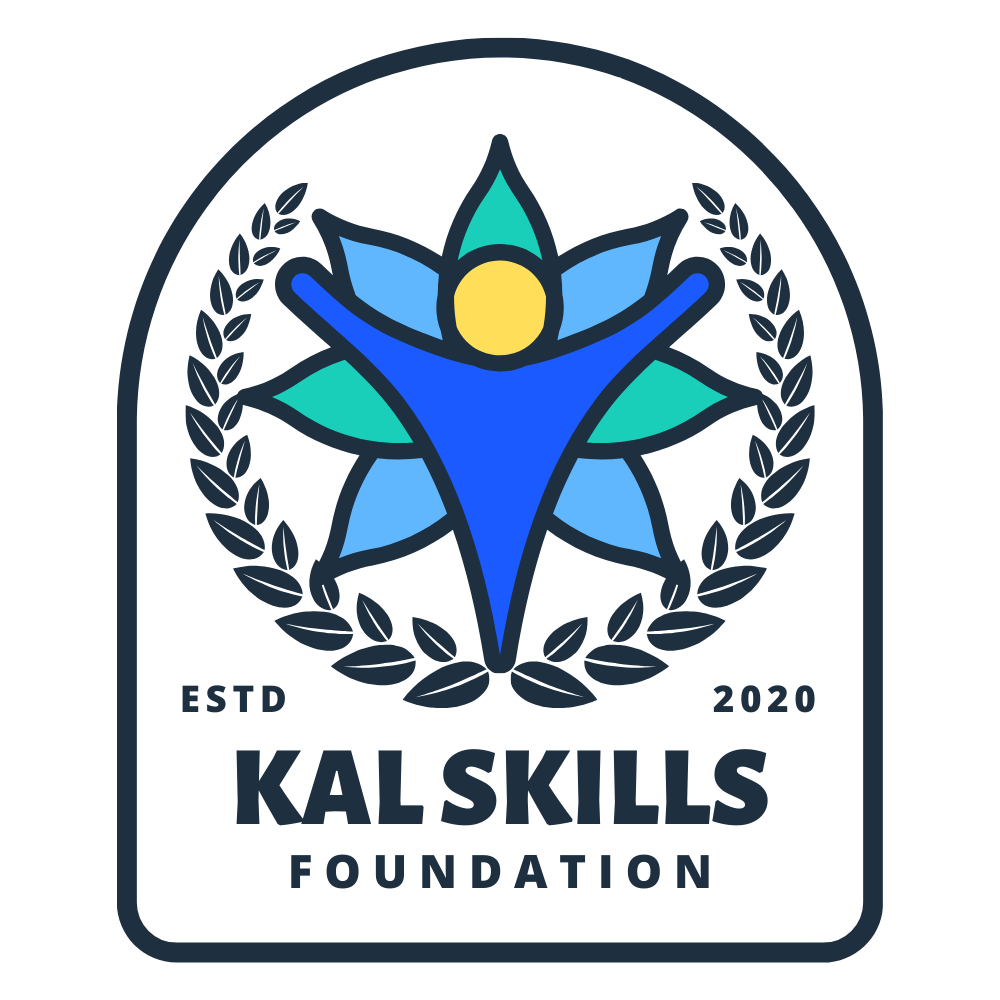In today’s fast-changing work world, employee well-being is key to success. Organizations aim to create a productive and engaged team. But, what makes a truly effective EAP program?
Employee Assistance Programs (EAPs) are services offered by employers to support employees’ health. They provide counseling, mental health support, and advice on work-life balance and finances. By investing in EAPs, companies can see many benefits. These include better employee productivity, less time off, and a stronger work culture.
Key Takeaways
- EAPs are employer-sponsored programs that provide comprehensive support for employee well-being
- EAPs offer a wide range of services, from mental health counseling to work-life balance guidance
- Effective EAP implementation can lead to increased productivity, reduced absenteeism, and a stronger workplace culture
- Understanding the core components and evolution of EAPs is crucial for leveraging their strategic value
- Ensuring confidentiality and compliance with EAP services is essential for building trust and encouraging utilization
Understanding Employee Assistance Programs (EAPs): Core Fundamentals
Employee Assistance Programs (EAPs) have grown a lot over time. They are now a key part of helping people at work. EAPs offer mental health support, counseling services, and confidential resources. They help employees deal with personal and work challenges.
Key Components of Modern EAPs
Today, EAPs offer many services. These include:
- Confidential counseling for stress, anxiety, and depression
- Help with work-life balance, like childcare and financial issues
- Referrals to mental health experts and community resources
- Substance abuse treatment and rehab
- Emergency support and crisis intervention
Historical Development and Evolution
EAPs started in the 1930s, focusing on alcohol issues. Now, they cover a wide range of mental health support and counseling services. This change shows how workplaces have evolved.
Basic Service Framework
EAPs offer a confidential assessment and short-term counseling. They also give referrals to the right resources. The main goal is to help employees before problems get worse. This makes the workplace healthier and more productive.
“EAPs are a powerful tool for supporting employee well-being and fostering a positive, resilient workplace culture.”
The Strategic Value of EAPs in Today’s Workplace
Employee Assistance Programs (EAPs) are key in today’s fast-paced work world. They support employee well-being, stress management, and work-life balance. This helps improve how well the company does and makes employees happier.
EAPs help tackle big challenges employees face today. Issues like stress, mental health, and balancing work and life are common. EAPs offer many services to help employees deal with these problems and stay well.
With confidential counseling and support, EAPs help employees manage stress and improve their mental health. This leads to better work performance, less time off, and a more engaged team.
But EAPs do more than help employees. Companies that offer good EAPs keep their best workers, attract new ones, and have a stronger team. Happy employees are more likely to stay with their company, helping it succeed over time.
“EAPs are a valuable investment in the well-being and performance of the workforce, ultimately driving organizational success in today’s competitive business landscape.”
As work changes, EAPs will become even more important. Companies that focus on EAPs will have a strong, adaptable team. This team can handle the challenges of today’s work world.

Essential Benefits and Services Offered Through EAPs
Employee Assistance Programs (EAPs) offer a wide range of services to support employees’ well-being and productivity. They go beyond usual employee benefits. They provide confidential counseling, legal help, and financial advice to meet the needs of today’s workforce.
Mental Health Counseling Services
EAPs provide confidential counseling for mental health issues like stress, anxiety, and depression. They also help with work-related problems. Licensed professionals offer personalized support and guidance to improve mental health and well-being.
Work-Life Balance Support
Keeping a healthy work-life balance is key for employee happiness and productivity. EAPs help with this by offering resources for managing personal and work life. They assist with childcare, eldercare, financial planning, and other life events that affect work performance.
Financial and Legal Assistance
EAPs also offer financial guidance and legal assistance. They help with budgeting, debt management, and legal issues like estate planning and divorce. This support is crucial for employees facing personal and financial challenges.

EAPs are essential for supporting employee well-being. They help organizations create a more engaged, productive, and resilient workforce.
Implementing an Effective EAP Strategy
As workplaces change, having a strong employee assistance programs (EAPs) strategy is key. It helps support employees fully. Today, EAPs that use a mix of strategies are showing great results. They improve employee health, work performance, and the company’s strength.
A good EAP strategy changes with the needs of workers. Using new digital tools and telehealth makes support easy to get. Also, starting mental health and wellness efforts early helps prevent problems.
But, there’s no single way to do it right. Each company needs its own EAP plan. Getting employees involved, making them know about the program, and creating a safe space are key. This helps the program work well and last long.
“The most effective EAP strategies are those that prioritize the specific needs and concerns of the workforce, while also anticipating future challenges.”
To make an effective EAP strategy, you need to know the latest trends and best practices. By making EAPs a part of the workplace, companies can help their employees. They can also face today’s work challenges with confidence.

Confidentiality and Privacy Measures in EAP Services
Employee Assistance Programs (EAPs) offer confidential support to employees. They help keep employees well and productive. But, keeping information private is key. Employees must feel safe sharing personal details without worry.
To ensure this, EAPs use strong data protection, clear sharing rules, and follow strict laws.
Data Protection Protocols
EAPs focus on keeping employee data safe. They use top-notch encryption and secure storage. Access is limited to those who need it.
This way, any private info shared stays safe and out of wrong hands.
Information Sharing Guidelines
EAPs have strict rules on sharing info. They only share what’s needed for support. Employees know these rules, building trust in the EAP.
Legal Compliance Standards
EAPs follow strict laws like HIPAA in the U.S. These laws protect employee data. They ensure no one can access or share sensitive info without permission.
With strong privacy measures, EAPs offer a safe space. Employees can get confidential resources and crisis intervention without fear of their info being shared.

Measuring EAP Success and ROI
It’s key for companies to check how well Employee Assistance Programs (EAPs) work. This helps them see if their money is well spent and if they’re really helping their employees. By looking at how successful EAPs are and their return on investment (ROI), companies can choose better programs and make them more effective.
One main way to see if EAPs are doing well is by using key performance indicators (KPIs). These include how often employees use the program, how happy they are with it, and how it affects their work and health. By watching these KPIs, companies can spot what needs work and show how EAPs really help.
| KPI | Description | Ideal Range |
|---|---|---|
| Utilization Rate | Percentage of eligible employees who access EAP services | 5-15% |
| Customer Satisfaction | Employee feedback on the quality and usefulness of EAP services | 80% or higher |
| Productivity Improvement | Increase in employee productivity after utilizing EAP services | 10-20% |
| Absenteeism Reduction | Decrease in employee absenteeism after using EAP services | 5-10% |
To figure out the ROI of an EAP, companies can look at the program’s costs against the savings it brings. This includes better employee health, less time off, and more work done. By looking at these financial gains, companies can see how much value their EAP brings and make smart choices about it.

Checking the success and ROI of employee assistance programs is crucial. It helps ensure these programs really help employees and bring value to the company. By using KPIs and financial analysis, companies can make informed choices to improve their EAPs and show their worth over time.
Best Practices for EAP Utilization
To help employees get the most from an Employee Assistance Program (EAP), companies need to focus on a few key areas. They should make sure employees know about and can easily use the EAP’s services. This way, employers can help their teams and make the EAP’s benefits more effective.
Employee Engagement Strategies
Getting employees involved is essential for them to know about and use the EAP. Here are some strategies employers can use:
- Run regular campaigns to remind employees about the EAP and its benefits
- Add EAP info to new hire and training programs
- Have managers talk about the EAP with their teams
- Ask for employee feedback to improve the EAP
Communication Methods
Good communication is vital for letting employees know about the EAP and how to use it. Employers should use a mix of these channels:
- Send emails and newsletters with EAP updates and success stories
- Place posters, flyers, and brochures in common spots
- Host presentations and workshops to teach about the EAP
- Create a dedicated EAP page on the company’s website or intranet
Access Improvement Tactics
To make it easier for employees to use the EAP, companies can try these ideas:
- Provide different ways to access the EAP, like a hotline, online portal, and in-person counseling
- Offer flexible scheduling, including evenings and weekends
- Make sure the EAP is available to employees and their families
- Make the referral process easy and quick
By following these best practices, companies can help their employees use the EAP’s wellness resources and benefits. This leads to a healthier, more engaged, and productive team.
Crisis Intervention and Emergency Support Features
Employee Assistance Programs (EAPs) are key in offering crisis help and emergency support. They make sure companies can quickly and well handle personal or work crises. This includes substance abuse, mental health emergencies, and workplace incidents.
EAPs give fast access to skilled counselors and experts. They are ready to tackle many crisis situations. These pros offer private, unbiased help, do risk checks, and make plans to help people and teams get through tough times.
- Rapid response to emergencies and critical incidents
- 24/7 crisis hotlines and access to crisis intervention services
- On-site support and debriefing for workplace tragedies or disasters
- Referrals to appropriate treatment providers for substance abuse or mental health issues
- Assistance with crisis planning and preparedness for organizations
By quickly and quietly dealing with crisis intervention and substance abuse treatment, EAPs lessen the crisis’s immediate effects. This helps prevent problems from getting worse. It also keeps employees well and the workplace productive and strong.
“EAPs are a critical safeguard, ensuring that employees have access to the resources and support they need during the most difficult and uncertain times. Their crisis intervention capabilities can make all the difference in helping individuals and organizations navigate through crises.”
Integration with Workplace Wellness Programs
Successful employee well-being programs do more than just offer Employee Assistance Programs (EAPs). They blend in workplace wellness strategies. This mix can make both EAP services and wellness efforts more powerful.
Holistic Wellness Approaches
When EAPs meet workplace wellness programs, they offer a full view of employee health. This includes:
- Physical health initiatives, such as fitness challenges and on-site health screenings
- Mental health support, including stress management workshops and mindfulness sessions
- Financial wellness education, covering topics like budgeting and retirement planning
- Social well-being activities, fostering a positive work culture and strong peer connections
Coordination with Benefits
Linking EAP services with other employee benefits creates a complete support system for employee well-being. This might mean:
- Aligning EAP offerings with health insurance coverage and other benefits
- Streamlining access to resources, such as counseling and legal assistance
- Promoting the EAP as a complementary service within the overall benefits package
This holistic approach helps employees succeed in their work and personal lives.
Technology and Digital Solutions in Modern EAPs
In today’s digital world, what is employee assistance programs (EAPs) is changing fast. New tech is making employee assistance programs (EAPs) more available, tailored, and effective than ever.
Telehealth counseling is a big step forward. Now, employees can get mental health help online, without having to meet in person. This is especially helpful during times like the COVID-19 pandemic, when staying apart is key.
Mobile apps are also changing the game for employee assistance programs (EAPs). These apps let employees use tools like self-assessment and mindfulness anywhere, anytime. They also offer quick access to counseling and learning resources.
Moreover, employee assistance programs (EAPs) are teaming up with online platforms. This lets employees use mental health support and work-life balance tips from their devices. These digital spaces are like one-stop shops for all EAP needs.
Technology has made employee assistance programs (EAPs) easier to use and more effective. With user-friendly designs and personalized advice, these digital tools help employees take care of their well-being. They make sure employees can get help when they need it most.
“The integration of technology has revolutionized the way employee assistance programs (EAPs) operate, making them more accessible, personalized, and efficient than ever before.”
As employee assistance programs (EAPs) keep growing, tech and digital tools will be key. They will help make these important workplace resources more effective and far-reaching.
Addressing Substance Abuse and Mental Health Challenges
Employee Assistance Programs (EAPs) are key in helping employees with substance abuse and mental health issues. They offer many treatment options and resources. These help individuals on their journey to recovery and wellness.
Treatment Options
EAPs provide a variety of treatments, including:
- Individual or group counseling for addiction recovery and mental health support
- Referrals to specialized addiction treatment facilities and mental health professionals
- Medication management and coordination with healthcare providers
- Outpatient or inpatient rehabilitation programs
- Holistic approaches, such as mindfulness-based techniques and wellness coaching
The goal is to help employees beat addiction, manage mental health, and find healthy ways to cope. This way, they can do well at work and in their personal lives.
Support Resources
EAPs also offer many support resources for employees and their families. These help with addiction recovery and mental health issues:
- Educational materials and workshops on substance abuse and mental health awareness
- Guidance on navigating the healthcare system and accessing relevant benefits
- Peer support groups and community-based recovery programs
- Work-life balance assistance, such as flexible schedules and accommodations
- Ongoing follow-up and aftercare support to prevent relapse and promote long-term wellness
With these services, EAPs help employees tackle addiction and mental health challenges. This leads to better productivity, less absenteeism, and a stronger workforce.
| Treatment Option | Description |
|---|---|
| Individual Counseling | One-on-one therapy sessions with a licensed mental health professional to address personal challenges and develop coping strategies. |
| Addiction Treatment Programs | Comprehensive rehabilitation programs, including detoxification, inpatient or outpatient care, and aftercare support. |
| Medication Management | Coordination with healthcare providers to prescribe and monitor medications for mental health conditions or addiction recovery. |
| Wellness Coaching | Guidance and support to adopt healthier lifestyle habits, such as stress management, exercise, and nutritional changes. |
Global Considerations for International EAPs
As businesses grow worldwide, they need Employee Assistance Programs (EAPs) that fit many cultures and laws. Creating effective EAPs globally is complex. It requires understanding the special challenges of big companies with operations in many places.
When making global EAP services, cultural differences are key. Things like language, how people communicate, and views on mental health change a lot. EAP providers must make their services fit the local culture, making sure they are accessible and respectful.
Also, laws about employee benefits and keeping data private vary a lot by country. EAP providers must keep up with new laws and protect employee data. Working with local legal experts is crucial for success and avoiding risks.




